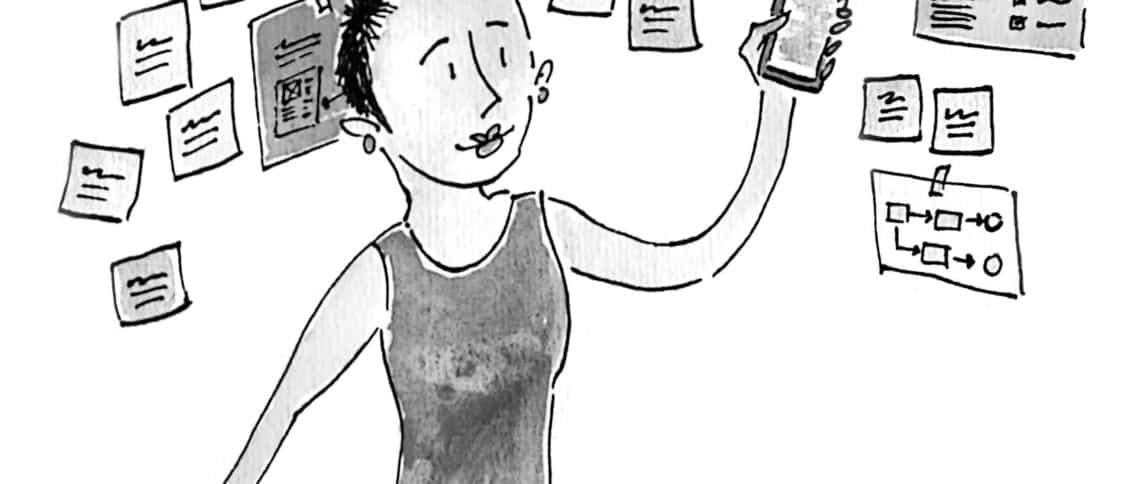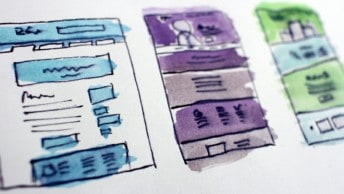Throughout your career as a designer, you’ll work for many organisations, each with varying levels of design maturity. It’s important to enjoy the time spent at each of them, and pick up great experiences along the way.
For many designers, culture is a driving factor in choosing a company to work for and build a career. Design culture is more than ping pong tables, free food and a pretty workspace. It’s about providing the tools and an environment to perform at your best.
When evaluating the maturity level of the design culture of an organisation, some questions you might like to ask are:
- Is design positioned within the company as you would expect it to be?
- Are decisions being made without design having a seat at the table?
- Do most of the projects get buy-in from the organisation when they are started by non-design functions?
- Is design being brought in as a last-minute box to check before a product is launched?
- Is the UX team the only advocate for the user, while the rest of the organisation believes that they can just release a product and everyone will buy it?
- Are outside vendors and agencies championed as experts more than the internal team, who are just as capable?
- Are designers scattered throughout the teams, hidden in a dark corner somewhere feasting on scraps whenever the business decides to throw them a bone?
No matter the level of design maturity, each organisation has unique cultural strengths and areas that can be improved. While cultures and their individual fit may vary, these are five qualities to identify a mature design culture.
Design is represented at the executive level
Whether you have a Chief Design Officer, or a design level VP, you need to have executive support for design at the highest possible level. This role shows an organisational commitment to design both financially and philosophically. There is no longer a need for the justification of design, it is positioned as a function that’s integral to innovation and future success.
A common vocabulary
A mature design culture recognises that design is not the centre of the corporate universe. Having a shared vision and vocabulary among stakeholders with competing priorities and different backgrounds means there is no longer a need to translate design language or business acronyms.
The business manager is worried about profits, the marketing manager about brand, so leave the design lingo behind to clearly communicate solutions in terms universally understood. A common vocabulary allows everyone to be on the same page, speaking the same language.
Meaningful projects
One of the main things designers look for in an organisation is the quality of projects they’ll be working on. It doesn’t matter how fun or exciting a project is, if it never sees the light of day it’s considered throw away work.
Everyone wants to work on projects that make a difference. The last thing the world needs is another weather app – there are plenty of good ones already. Mature design cultures aren’t afraid to kill a project from time to time and refocus the learning and efforts into another solution.
Design efficiency
Reinventing the wheel is not efficient. It’s also not fun for designers or developers to continually recreate the same elements for every project. Organisations should have efficiencies in place for design activities and collaboration.
Depending on maturity level, these can range from individual elements like such as research method cards, a style guide or a workshop playbook to a full-blown design system comprised of a design language or pattern library with working components. The design activities and processes shouldn’t compete with business processes. Instead, they should be fully integrated into one single process.
Talented people
Companies with a more mature culture have less turnover. While culture may attract talent, it’s the talent that keeps the culture evolving. The ideal team would be high-performing, comprised of individuals who continually learn from one other. It’s the best team you’ve ever worked for, one that shares accountability and pushes the other members to grow and succeed.
Culture can’t be forced. It has to come together organically through the continuous evolution of a team as a result of growing in size and experience. The way to cultivate culture is to influence others by putting in the work, building relationships, fostering collaboration, having uncomfortable conversations, making tough decisions, being accountable and influencing others by learning from mistakes and leading by example.
What culture do you look for in a workplace? Let us know in the comments or the forums.
Catch up on our posts about how to better engage with stakeholders:





